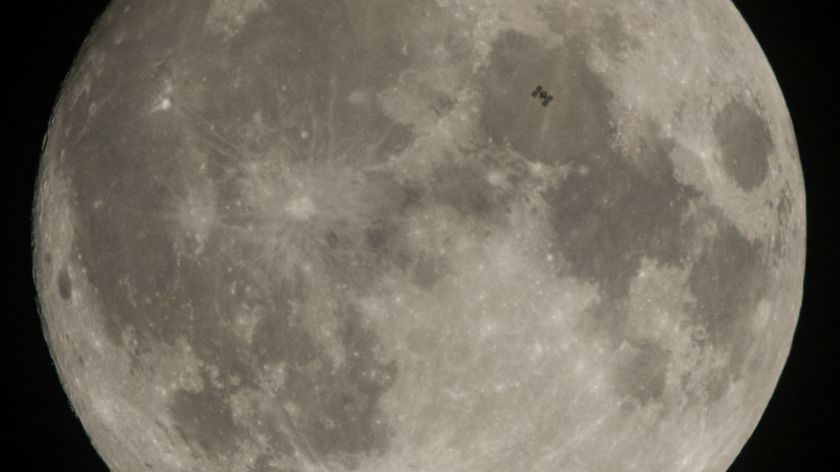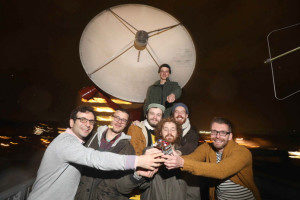Green light for Nijmegen mission to the moon
-
 Foto: NASA/Joel Kowsky
Foto: NASA/Joel Kowsky
The Radboud Radio Lab will definitely be participating in the Chinese Chang’e 4 mission to the moon. On 21 May, the Chinese will launch a rocket from Xichang. This rocket will carry the Netherlands-China Low-Frequency Explorer (NCLE), a measuring instrument that will detect deep space radio signals from an orbit around the moon. It is the very first time a Dutch instrument will fly to the moon.
Nijmegen’s participation in the Chang’e mission remained uncertain for a long time. The launch date could not be altered, and the requirements for the instruments were very strict. The redeeming news only came from China last week. The NCLE was tested extensively and was found fit to be part of the lunar mission.
‘We worked very hard for this’
‘It was a huge relief, obviously’, says Managing Director of the Radboud Radio Lab Marc Klein Wolt. ‘We worked very hard for this. It was a bumpy road – we were only involved in the project at a very late stage. It was a train that was already on its way, and we had to jump on. That is why everything had to be done very quickly. But now we can look back and say that everything worked out.’
24 hours
One of those bumps in the road was the fact that the Chinese project had already been fully designed without any thought for the Dutch instrument. Only a very small space was left on the satellite. Klein Wolt: ‘We therefore had to design a new device from scratch, which additionally had to be able to withstand the conditions in space. Add to this the construction time and testing. All of that in a mere eighteen months.’
Despite the approval, they are not done yet, according to Klein Wolt. ‘Later this month, we will fly to China again to attach the NCLE to the satellite. We will have 24 hours to perform the final tests.’

The NCLE will eventually float about 65 thousand kilometres behind the moon. It will receive low-frequency radio waves from the early universe using three antennas set up at different angles. Nijmegen astronomers hope the NCLE will pave the road for a radio telescope on the other side of the moon, where the radio waves do not suffer from the interference caused by the Earth and its atmosphere.
Radio
The launch will be on 21 May. Klein Wolt will be there, with his team from various institutes, including the Netherlands Institute for Radio Astronomy ASTRON and Delft nanosatellite specialist ISIS. Klein Wolt will not be left wanting for attention until the launch. On 23 April, NPO Radio 2’s programme De Staat van Stasse had a two-hour broadcast about the NCLE that will be shot into space. Those interested had the possibility to send in an audio recording that will be sent to the moon together with music by the Nijmegen band The Hubschrauber.



